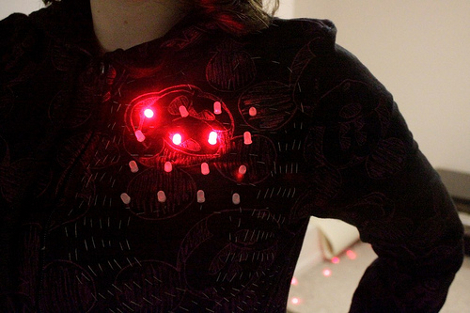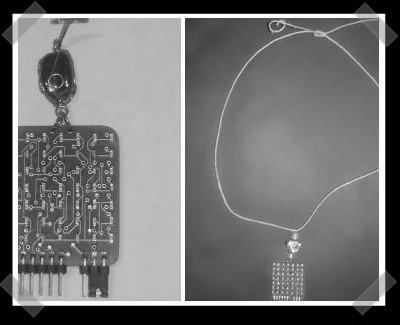
We’re sure some of you will be sad that the LIFE and HANDMADE Hackaday subdomains are going away. Others will be happy, and many won’t realize they even existed.
We tried a little experiment in diversity this summer, launching the two outliers of our main focus (which is engineering oriented hacks). Each was interesting in their own way, with steady streams of readers and small conversations. But this diverted some of the attention away from what we do best, and that’s why we’re closing them down.
Handmade has already been absorbed. The features which highlighted craftsmanship and artful creations like blowing glass are tangentially interesting. We’ve imported all of the articles and will continue to feature this sort of content from time to time if it fits in with what our readers are normally after.
Life was a little bit outside of what we normally focus on. These sorts of hacks are interesting tidbits to have bouncing around your brain. But you probably won’t see them hitting our front page. Don’t let that discourage you though. If you’ve got a tip or trick to make daily life less mundane you can always let us know on the tips line. At worst we will ignore you. But you might end up seeing it in a Links post, which is our weekly Sunday column that showcases things which weren’t compelling enough for their own post.
Just to be clear for those that are really paying attention. We’re not cramming this content onto the front page with everything else. We’re phasing it out except for those things that go hand in hand with our lust for tech hacks of the highest caliber.
















